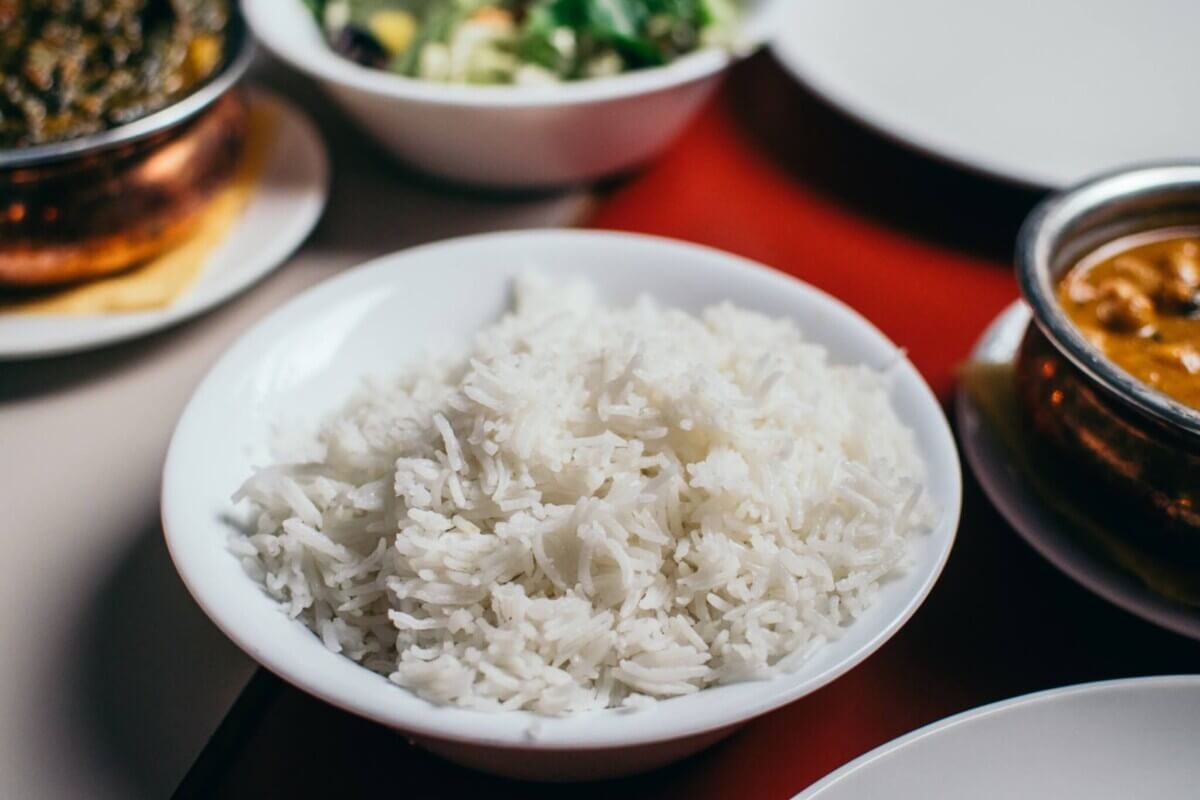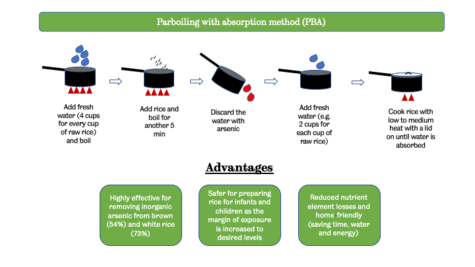
(Credit: Pille-Riin Priske on Unsplash)
SHEFFIELD, United Kingdom — Rice is eaten all over the world in all different ways. No matter if your rice is white or brown, it has one thing in common, and that's arsenic. Now, researchers from the University of Sheffield say a new and simple way of cooking rice can remove this cancer-causing substance while retaining the nutrients which make this food so good.
A team from the school's Institute for Sustainable Food discovered the “parboiling with absorption method” (PBA) can cut down over half the naturally occurring arsenic in brown rice and 74 percent in white rice. More importantly, this home-friendly kitchen hack saves the micronutrients rice contains.
The PBA method first parboils rice in pre-boiled water for five minutes. The water is then drained and fresh water is poured into the pot. From there, the rice is cooked normally at lower heat until the water is all absorbed.

Why is there arsenic in rice?
The International Agency for Research on Cancer classifies arsenic as a Group 1 carcinogen. Unfortunately, this water-soluble toxin seeps into rice because it grows in flooded fields unlike many other cereals.
Researchers say exposure to arsenic can affect every organ in the human body. It can also result in skin lesions, cancer, diabetes, and lung diseases. The Sheffield team discovered in a previous study that half of the rice eaten in the United Kingdom exceeds the European Commission's limits for arsenic in products consumed by babies and young children. Of 55 products they tested, 28 samples proved to be too dangerous per the commission's recommendations. Researchers concluded that babies under the age of one must be restricted to a maximum of 20g per day of the 28 types over the limit.
Rice tends to hold around 10 times more arsenic than other grains. The toxin usually sits in the outer layer of bran, which makes it more of a problem in brown rice. White rice, which is milled and polished, contains less arsenic but also has fewer nutrients due to the milling process.
The new cooking process touted by the authors should give concerned consumers relief, particularly if their children eat higher amounts of rice.
“For rice consumers, this is excellent news. There are genuine concerns amongst the population about eating rice due to arsenic. Previous studies have shown that cooking rice in excess water could remove arsenic but the problem is it also removes nutrients,” says lead author Dr. Manoj Menon in a university release.
“Our aim was to optimize the method to remove arsenic while keeping maximum nutrients in the cooked rice. Our newly developed method, PBA, is easy and home-friendly so that everyone can use it. We don't know the amount of arsenic in each packet rice we buy; even though brown rice is nutritionally superior to white rice as our data shows, it contains more arsenic than white rice. With our new method we are able to significantly reduce the arsenic exposure while reducing the loss of key nutrients.”
The study appears in journal Science of the Total Environment.











The video is misleading in that it doesn’t accurately describe the new method of cooking rice that the article suggests. It doesn’t state that you should replace the cooking water after the 5 minute boil.